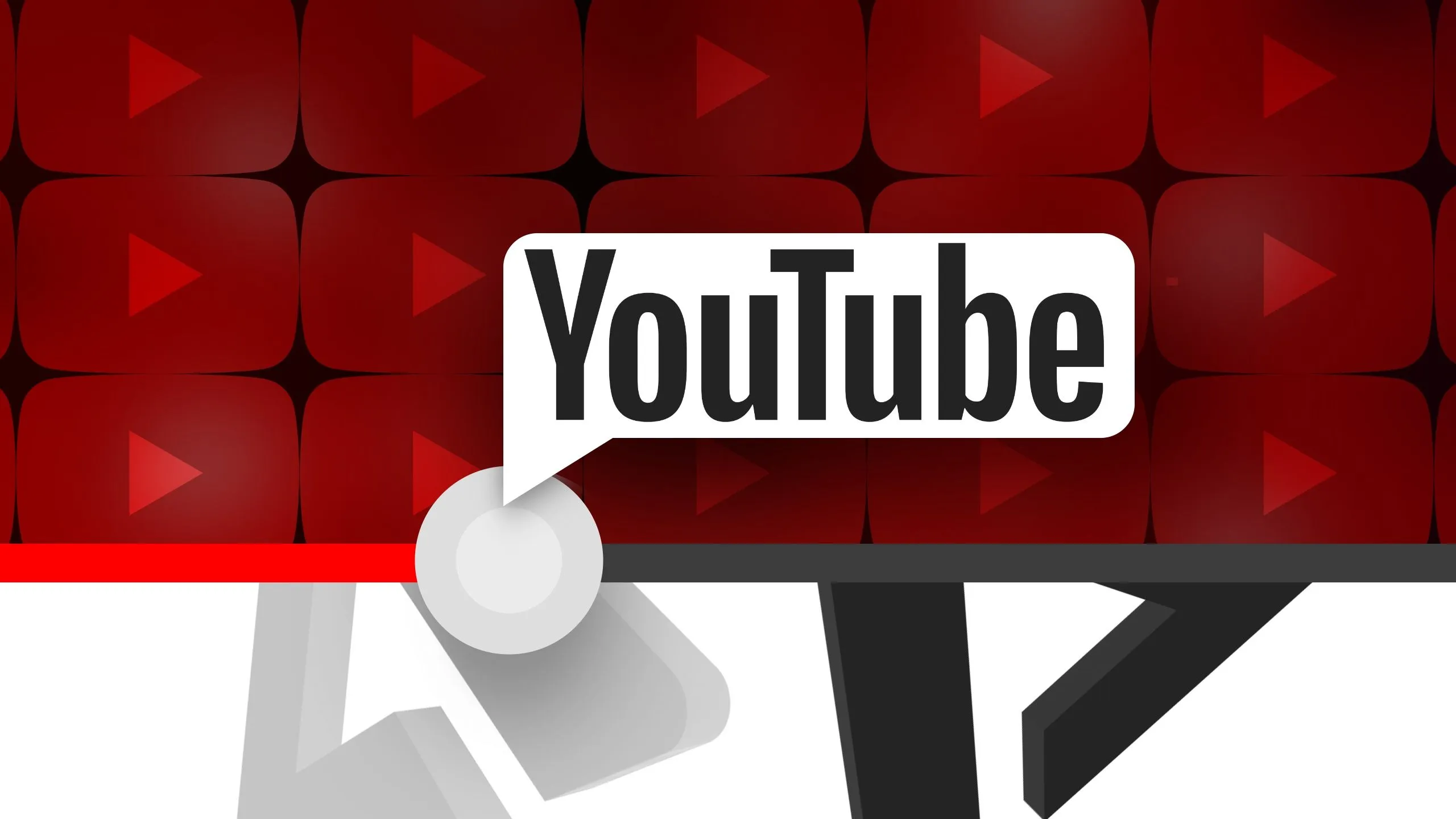YouTube Buffering Explained: 5 Key Reasons and Solutions

YouTube Buffering Problems
YouTube buffering is a common issue experienced by users worldwide. Buffering occurs due to slow internet connections, device limitations, or server problems. Here are five key reasons why you might encounter YouTube buffering and how to resolve them:
1. Internet Connection Speed
A slow internet connection is the leading cause of buffering on YouTube. Run a speed test to check your current bandwidth. To resolve this, consider upgrading your plan or switching to a wired connection.
2. Device Performance
Older devices may struggle with the latest video formats and resolutions. If your device is outdated, consider upgrading to a newer model or resetting the device.
3. Network Congestion
During peak hours, many users are online, causing network congestion. To mitigate this, try streaming during off-peak hours or reducing the number of connected devices.
4. App Issues
Outdated apps can cause buffering as well. Regularly update the YouTube app to ensure it runs smoothly with the latest features.
5. Router Settings
Your router may need configuration. To enhance streaming, ensure that QoS (Quality of Service) settings are enabled, allowing for prioritized bandwidth for video streaming.
Addressing these common causes of YouTube buffering can significantly improve your viewing experience. Remember, optimizing your connection and device settings is key.
This article was prepared using information from open sources in accordance with the principles of Ethical Policy. The editorial team is not responsible for absolute accuracy, as it relies on data from the sources referenced.